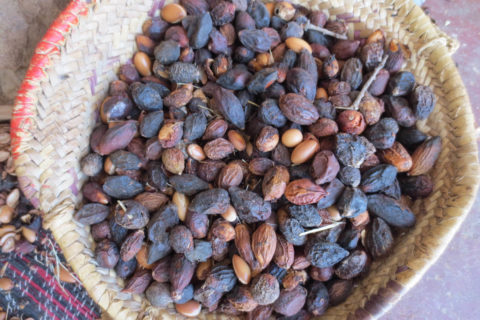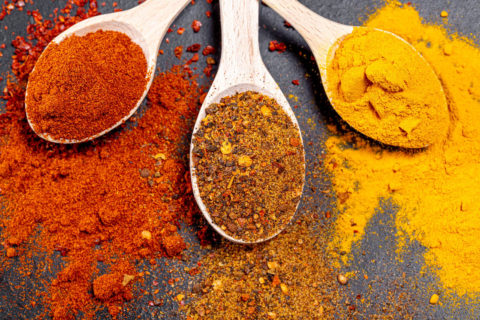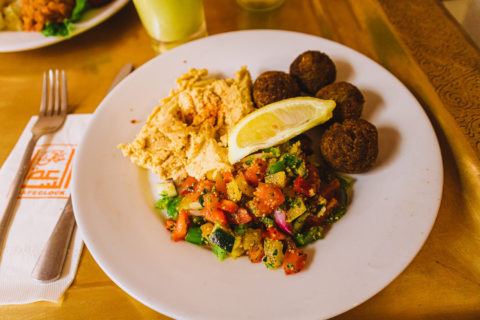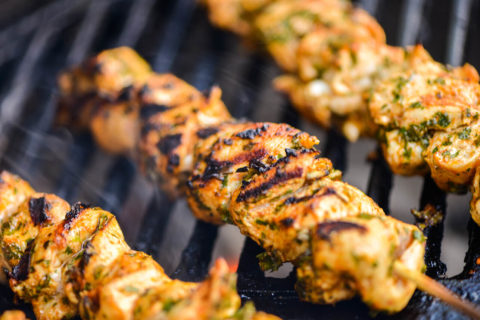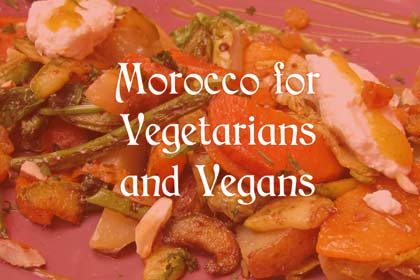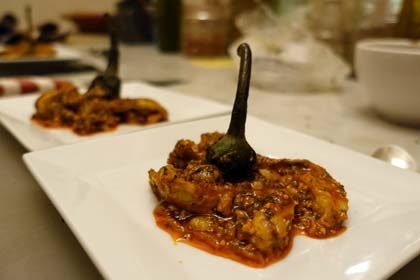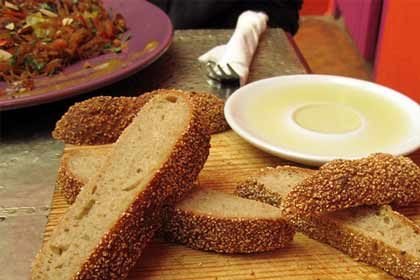When you think of North African cuisine, the fiery essence of Harissa immediately comes to mind. This versatile chili paste is more than just a simple condiment. It goes well with couscous, grilled meatballs, or skewers. With this article, you’ll dive deep into the rich flavors of Harissa, learn how to use it in your kitchen, discover an easy DIY recipe, and I will give you some tips on storage and purchasing.
Contents
What is Harissa?
You’ve probably heard of Harissa and may have even tasted it. But what is it exactly? Harissa is an aromatic chili paste made from roasted chili peppers, garlic, and spices, that adds a subtle heat to dishes without being overbearing and is often used to season Tajines or Brochettes. The specific ingredients and proportions can vary depending on regional preferences, however, the result is always a fiery and flavorful paste.
The heat in Harissa comes from the chili peppers. They contain natural capsaicin, a compound that causes a burning sensation when it comes into contact with your mouth. But don’t worry: If it gets too spicy, a glass of cold milk can help cool things down. Water, unfortunately, won’t do the trick.
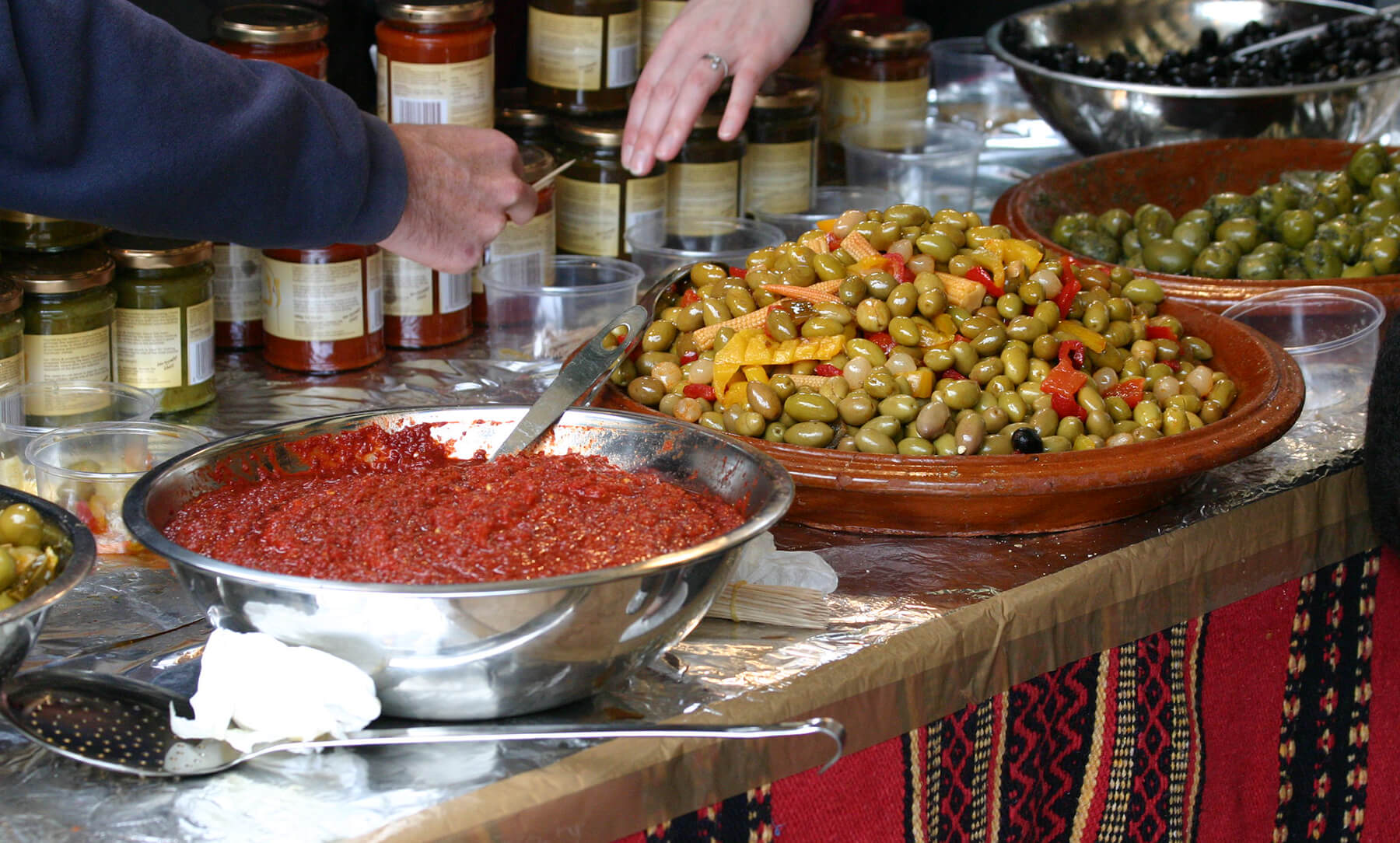
Harissa’s origins trace back to Tunisia, where it’s generously used in nearly every dish. In contrast, Moroccans prefer to serve Harissa on the side, allowing guests to adjust the spiciness to their taste. However, this isn’t the only regional difference in handling Harissa. As the chili paste spread from the Maghreb to the Middle East, it adapted to regional palates. Therefore, Harissa recipes and ingredients vary from country to country.
Which dishes pair well with Harissa?
So, which dishes benefit the most from the Harissa flavor? In North Africa, Harissa seasons almost every dish: couscous, rice dishes, and soups. It is also a great marinade for meats like lamb, beef, and chicken, as well as fish. Even the popular Merguez sausage, a favorite across the Maghreb, owes its piquant flavor to Harissa. But it doesn’t stop there. This chili paste can also spice up European classics like pasta sauces, stews, or even tomato soup.
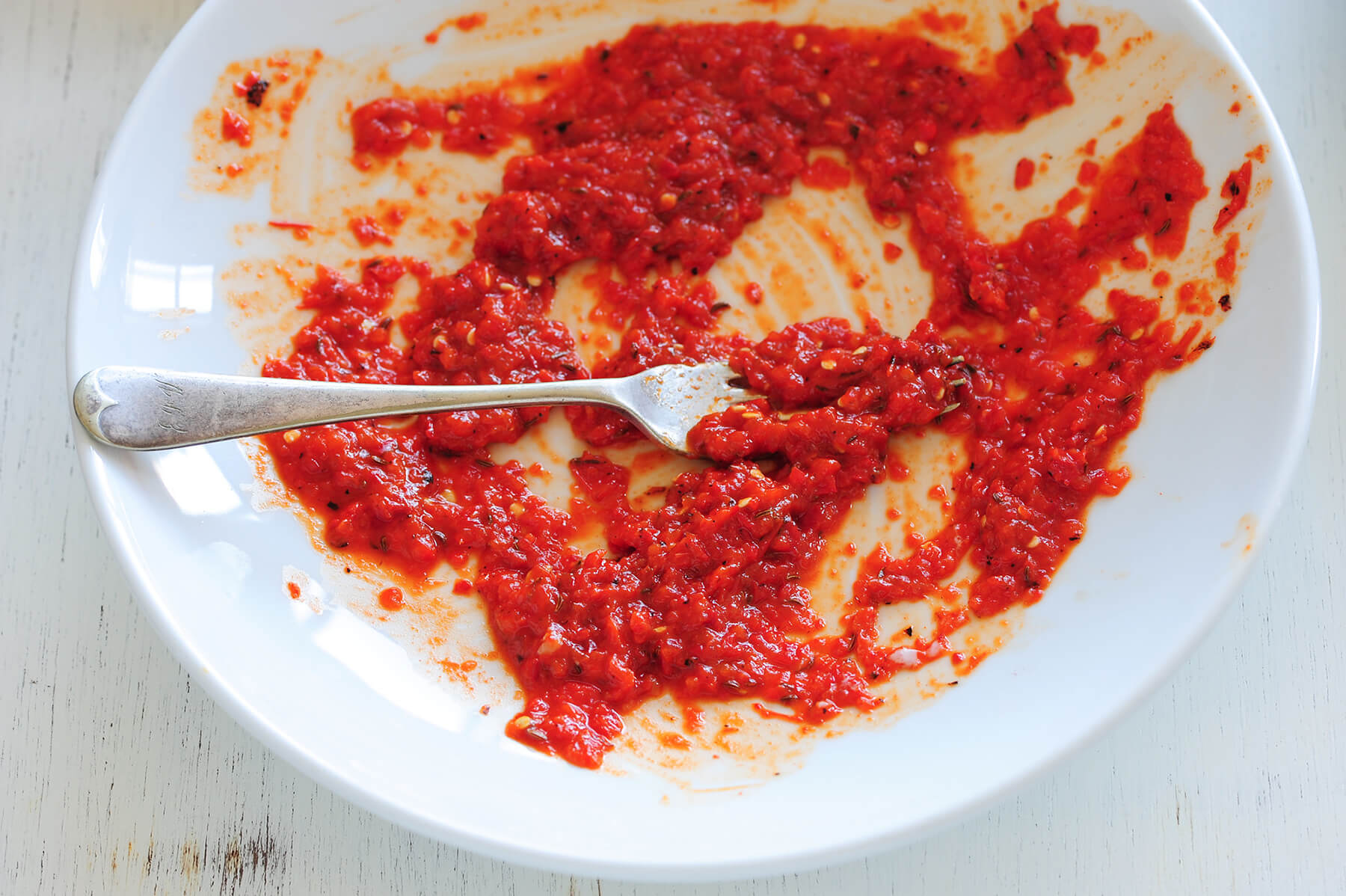
How to make Harissa at home
While it’s easy to buy Harissa, I recommend making it from scratch at least once. You’ll need a mix of fresh or dried chili peppers, garlic, spices, and olive oil to blend into a paste. Here is a quick recipe:
Harissa Recipe (makes about 300 ml)
- 5 fresh red chili peppers
- 5 dried chili peppers
- 1 tsp cumin seeds
- 1 tsp coriander seeds
- 2 cloves of garlic
- 2 tbsp olive oil
- Juice of 1 lemon
- 2 tsp rose water
- Sea salt
Instructions:
- Heat a pan and roast the cumin and coriander seeds for 2–3 minutes, stirring regularly. Let them cool, then finely grind them using a mortar and pestle.
- Pierce the fresh chili or bell peppers with a sharp knife and roast them over an open flame for 4–6 minutes, turning them frequently. The skin should become dark to develop the characteristic smoky aromas. Let them cool, peel, and remove the seeds.
- Soak the dried chili peppers in a bowl of warm water for 20–25 minutes, then drain well. Remove the stems and seeds.
- Combine all the ingredients in a blender or mortar and process into a smooth paste.
Adding a touch of rose water gives the Harissa a unique floral note that beautifully complements the smoky flavor of the roasted chilis.
You can adjust the spiciness to your liking by choosing the chilis. For mild Harissa, choose less spicy chilis and consider substituting some of them with roasted and peeled red bell peppers. For a spicier version, use hotter chilis without bell peppers.
Always wear gloves when handling chili peppers to avoid skin irritation, and be extra cautious not to touch your face! Afterward, be sure to wash your hands thoroughly, as chili is hard to remove with regular soap. I often use baking soda to wash my hands.
Tips for storing Harissa
Now that you’ve made Harissa, here’s how to keep it fresh: Store the paste in the refrigerator. Smooth the surface of the paste after each use and cover it with a thin layer of oil to prevent mold. Always use clean utensils to scoop out the paste to prevent bacteria from entering the jar.
An unopened jar lasts for about four months in the fridge. Once opened, consume the paste within two weeks. If you’ve made a large batch of homemade Harissa, you can freeze portions using an ice cube tray and store the frozen cubes in a freezer bag or container.
This way, you’ll always have a convenient supply of Harissa ready to use.
Where to buy Harissa
Harissa is available in most well-stocked supermarkets. You can also find it in Arab or Turkish grocery stores, usually available in tubes or jars. Alternatively, you can order Harissa online.
Some shops and supermarkets offer powdered Harissa requiring you to mix it with olive oil. While this option is convenient, I am not a fan of this method, as it lacks the depth of flavor found in authentic Harissa served in Morocco.
Harissa substitute
If you can’t find Harissa, the Asian chili paste Sambal Oelek makes a decent substitute. Other chili pastes often contain different spices.
In my opinion, Sambal Oelek is the best alternative as it’s more neutrally spiced than other chili pastes. To create a Harissa-like flavor, simply blend Sambal Oelek with ground cumin and coriander, add some garlic, a splash of olive oil, and a squeeze of lemon juice. This quick blend makes an acceptable Harissa substitute.

